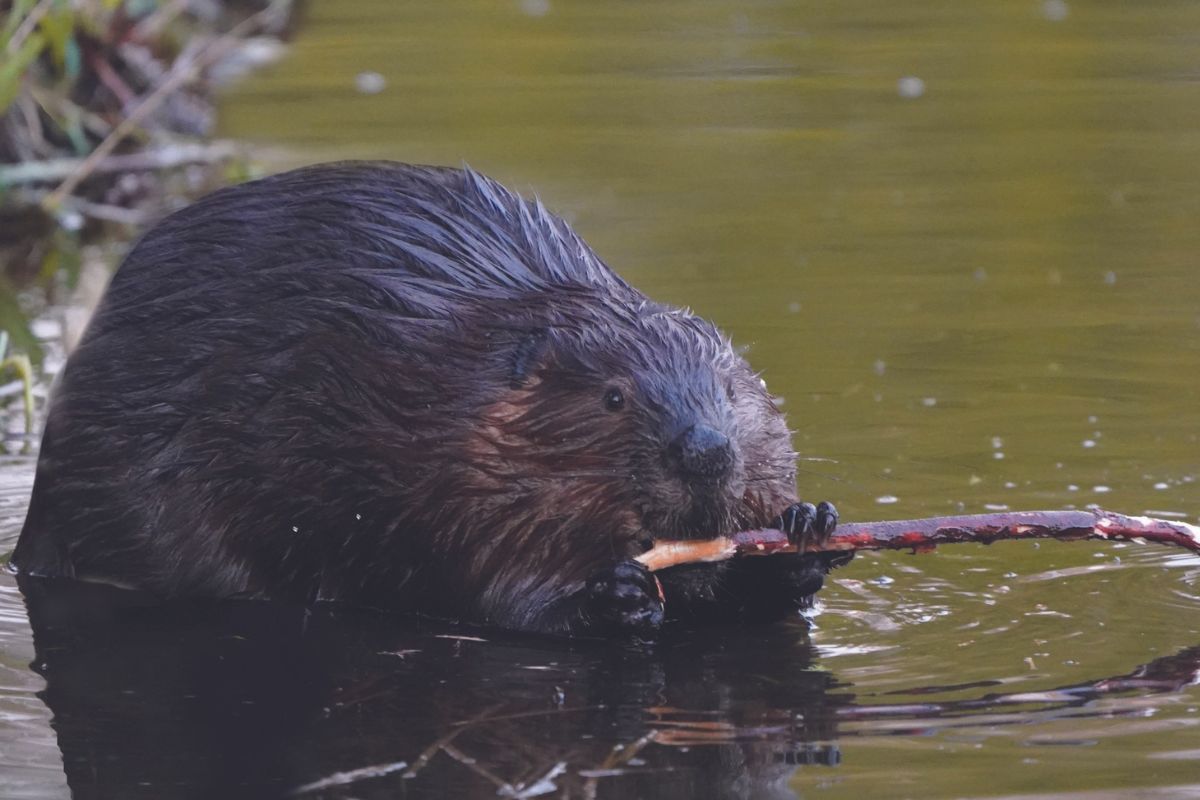CWD: Not just an ungulate problem
Adrianna MacPherson - 16 December 2022

University of Alberta researchers are studying how Chronic Wasting Disease spreads through ecosystems, including through beaver populations.
Chronic wasting disease (CWD) is an infectious neurological disorder, similar to mad cow disease, that typically affects cervids such as deer, elk and moose. “CWD is always fatal. There’s no cure. There are no treatments,” says Debbie McKenzie, a professor in the Department of Biological Sciences and a member of the Neuroscience and Mental Health Institute.
It gets worse. The disease is increasing in geographic range and prevalence, and a new study by researchers suggests the fatal disease may spread among other wildlife, notably beavers. Collecting data is the first step towards mitigating spillover of the disease from cervids to other animals.
McKenzie and her team started by examining beavers, because of significant geographical overlap between beavers and deer, particularly at water sources, she says.
In collaboration with David Westaway and his team in the U of A’s Centre for Prions and Protein Folding Diseases, McKenzie created a beaver analogue in a lab model to study how the semi-aquatic mammals might respond to infection from sources such as deer, elk, hamsters and mice.
“We had no idea if CWD or any prion would go into beavers, so we basically took everything we had and tested it,” says McKenzie. “We were absolutely astounded that nearly every strain showed infection.” McKenzie and her team are planning to look at susceptibility of transmission into pronghorn antelope populations next.
The project received funding from Genome Canada, Genome Alberta, the Alberta Prion Research Institute, Alberta Agriculture and Forestry and the University of Alberta. Co-authors on the study include Allen Herbst at the U.S. Geological Survey National Wildlife Health Center, Alicia Otero from the University of Zaragoza, and several researchers involved with the U of A’s Centre for Prions and Protein Folding Diseases: Serene Wohlgemuth ’00 BSc(Hons), ’07 PhD, Jing Yang, Andrew R. Castle, Diana Martinez Moreno, ’19 BSc(Spec) and Judd M. Aiken.